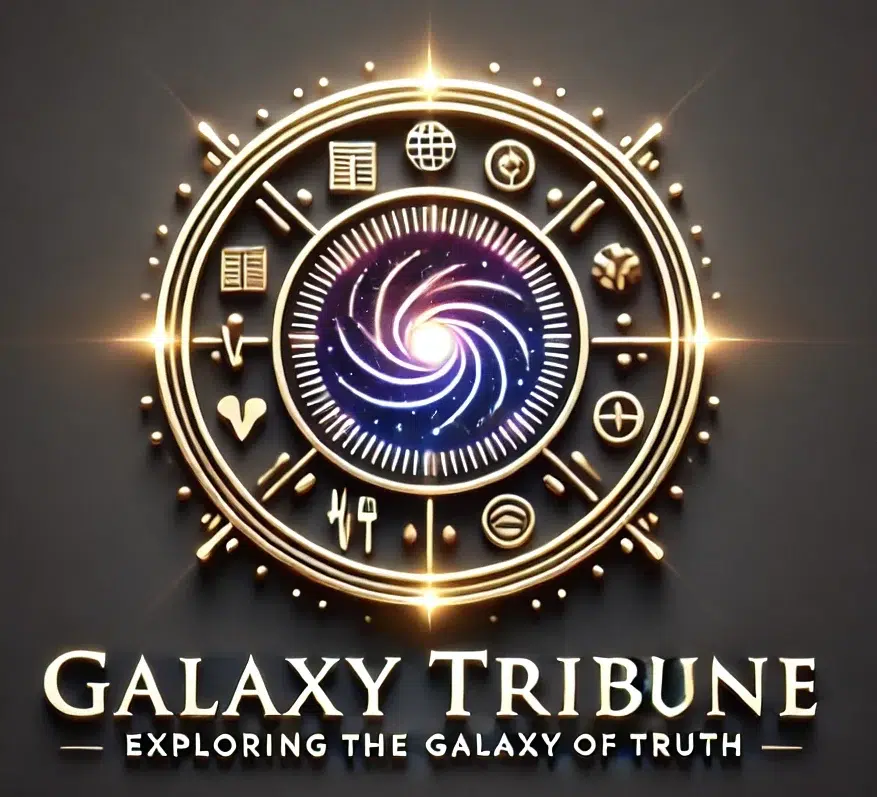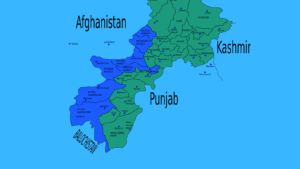Why the Ocean Is Becoming Greener: A Sign of a Changing Climate

For centuries, the deep blue of the ocean has symbolized mystery, vastness, and stability. But scientists are noticing something different today—many parts of the world’s oceans are becoming noticeably greener. While this shift might sound harmless, it is actually a signal of significant environmental change. So why is the ocean turning green, and what does it mean for the planet?
🌿 The Role of Phytoplankton
The color of the ocean is mainly affected by the substances that are suspended in it. . One of the main influencers is phytoplankton—microscopic, plant-like organisms that float near the ocean’s surface. Like land plants, they use chlorophyll to absorb sunlight and produce energy through photosynthesis.
Chlorophyll gives phytoplankton a green tint. When phytoplankton concentrations increase in ocean waters, they reflect more green light back to satellites and the human eye, making those regions of the ocean appear greener. While some variation is natural, scientists are now detecting long-term changes in ocean color.
🛰️ Satellite Data Confirms the Change
A recent study using 20 years of data from NASA’s MODIS (Moderate Resolution Imaging Spectroradiometer) instrument on the Aqua satellite revealed something surprising: more than 56% of the ocean surface has changed in color. These alterations are most prominent in equatorial tropical ocean regions.
Although the human eye may not always perceive this color shift, satellite instruments clearly detect it. The growing green hue is not random; it corresponds with changes in phytoplankton populations—a direct result of climate change.
🔥 How Climate Change Affects Ocean Color
As global temperatures rise, the ocean absorbs a significant portion of the surplus heat. This causes the surface layers to become warmer, which in turn reduces the mixing of surface water with the deeper, colder, nutrient-rich layers.
This lack of mixing limits the availability of nutrients that phytoplankton rely on. As a result, some species of phytoplankton thrive while others decline, causing an overall shift in the composition of these microscopic communities.
This change in phytoplankton types affects how much chlorophyll is present in different ocean areas, altering the ocean’s color. In general, green-tinted waters are becoming more widespread, especially in low-latitude regions where ocean warming is most intense.
🐠 Why a Greener Ocean Matters
Phytoplankton are more than just tiny organisms—they are the foundation of the marine food web. Everything from small fish to massive whales depends on them. When their populations change, it can affect fish populations, commercial fisheries, and even the livelihoods of millions of people who rely on seafood.
Additionally, phytoplankton help regulate the Earth’s climate. They absorb large amounts of carbon dioxide during photosynthesis and produce oxygen. A shift in their abundance or diversity could affect how much CO₂ the ocean can absorb, further influencing global warming.
Some green-tinted waters are also linked to harmful algal blooms, which can produce toxins dangerous to marine life and humans. These blooms can lead to “dead zones,” where oxygen levels drop so low that marine life cannot survive.
🌍 A Warning Sign We Shouldn’t Ignore
The ocean turning greener is more than just an aesthetic change—it’s a red flag. It shows how deeply climate change is altering Earth’s natural systems, from temperature and weather to ocean chemistry and biodiversity.
These changes in ocean color are subtle, but they’re measurable. They offer scientists a valuable tool for monitoring the health of marine ecosystems. As research continues, it becomes clear that preserving ocean health is crucial for climate stability, food security, and the well-being of future generations.
For centuries, the deep blue of the ocean has symbolized mystery, vastness, and stability. But scientists are noticing something different today—many parts of the world’s oceans are becoming noticeably greener. While this shift might sound harmless, it is actually a signal of significant environmental change. So why is the ocean turning green, and what does it mean for the planet?
🌿 The Role of Phytoplankton
The color of the ocean is mainly affected by the substances that are suspended in it. . One of the main influencers is phytoplankton—microscopic, plant-like organisms that float near the ocean’s surface. Like land plants, they use chlorophyll to absorb sunlight and produce energy through photosynthesis.
Chlorophyll gives phytoplankton a green tint. When phytoplankton concentrations increase in ocean waters, they reflect more green light back to satellites and the human eye, making those regions of the ocean appear greener. While some variation is natural, scientists are now detecting long-term changes in ocean color.
🛰️ Satellite Data Confirms the Change
A recent study using 20 years of data from NASA’s MODIS (Moderate Resolution Imaging Spectroradiometer) instrument on the Aqua satellite revealed something surprising: more than 56% of the ocean surface has changed in color. These alterations are most prominent in equatorial tropical ocean regions.
Although the human eye may not always perceive this color shift, satellite instruments clearly detect it. The growing green hue is not random; it corresponds with changes in phytoplankton populations—a direct result of climate change.
🔥 How Climate Change Affects Ocean Color
As global temperatures rise, the ocean absorbs a significant portion of the surplus heat. This causes the surface layers to become warmer, which in turn reduces the mixing of surface water with the deeper, colder, nutrient-rich layers.
This lack of mixing limits the availability of nutrients that phytoplankton rely on. As a result, some species of phytoplankton thrive while others decline, causing an overall shift in the composition of these microscopic communities.
This change in phytoplankton types affects how much chlorophyll is present in different ocean areas, altering the ocean’s color. In general, green-tinted waters are becoming more widespread, especially in low-latitude regions where ocean warming is most intense.
🐠 Why a Greener Ocean Matters
Phytoplankton are more than just tiny organisms—they are the foundation of the marine food web. Everything from small fish to massive whales depends on them. When their populations change, it can affect fish populations, commercial fisheries, and even the livelihoods of millions of people who rely on seafood.
Additionally, phytoplankton help regulate the Earth’s climate. They absorb large amounts of carbon dioxide during photosynthesis and produce oxygen. A shift in their abundance or diversity could affect how much CO₂ the ocean can absorb, further influencing global warming.
Some green-tinted waters are also linked to harmful algal blooms, which can produce toxins dangerous to marine life and humans. These blooms can lead to “dead zones,” where oxygen levels drop so low that marine life cannot survive.
🌍 A Warning Sign We Shouldn’t Ignore
The ocean turning greener is more than just an aesthetic change—it’s a red flag. It shows how deeply climate change is altering Earth’s natural systems, from temperature and weather to ocean chemistry and biodiversity.
These changes in ocean color are subtle, but they’re measurable. They offer scientists a valuable tool for monitoring the health of marine ecosystems. As research continues, it becomes clear that preserving ocean health is crucial for climate stability, food security, and the well-being of future generations.
Disclaimer:
This content is intended for educational purposes only and should not be considered a substitute for professional medical advice, diagnosis, or treatment. No professional relationship is formed through this content, and individual results may vary.
While we make every effort to provide accurate and up-to-date information at the time of publication, we do not guarantee the completeness, accuracy, or relevance of the content. We assume no legal responsibility for any errors, omissions, or outcomes related to its use.





